Currently, the country has about 8 million people with disabilities, of which more than 2,260,000 are children. More than 90% of children with disabilities lack access to at least two basic social services such as education, health care, nutrition, housing, clean water, sanitation, information, integration, etc.
According to statistics from the National Committee for Persons with Disabilities in Vietnam, most disabled children under 17 years old, with disabilities in movement, hearing, language, vision, intelligence, etc., come from multidimensionally poor households, living in rural, remote and isolated areas.
They need social support to access essential services, education opportunities and community integration.
The above information was given at the launching ceremony of the Program "Supporting disabled children to go to school" organized by the Vietnam Fund for Disabled Children, the Ho Chi Minh Communist Youth Union of the Ministry of Foreign Affairs in coordination with the Vietnam Association for Relief of Disabled Children, and the National Humanitarian Information Portal 1400 this morning - May 31 in Hanoi.
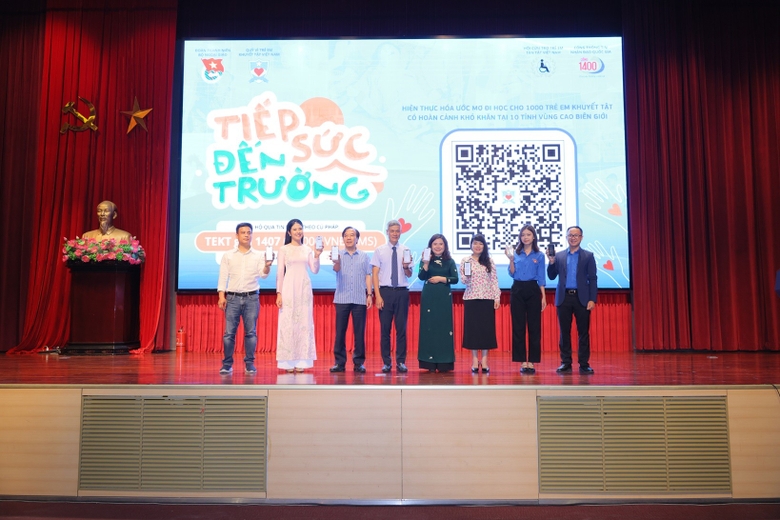
Delegates at the program 'Helping disabled children go to school'.
Ms. Duong Thi Bich Diep - President of the Fund for Children with Disabilities in Vietnam said that in the face of the alarming situation of access to education for children with disabilities in mountainous areas, the program "Supporting children with disabilities to go to school" was launched to call on organizations and philanthropists nationwide to join hands to support resources to realize the dream of going to school of 1,000 children with disabilities of school age in difficult circumstances, who have the ability and desire to go to school, with a support level of 2 million VND per child.
The above gift is to help children pay tuition fees or buy equipment and living expenses during the 2024-2025 school year. Children eligible for support under the program are disabled children in 10 mountainous border provinces, of school age, capable and willing to go to school, with a certificate of poor or near-poor household from the locality where the child lives or confirmation from the school where the child is studying.
According to Ms. Diep, although protected by international conventions and cared for by the state and government, children with disabilities are still the most disadvantaged among the disadvantaged, especially in the field of access to education.
The program aims to mobilize resources from agencies, organizations and people nationwide to join hands to support and raise funds to donate 1,000 gifts to disabled children in difficult circumstances, with the ability and desire to go to school in 10 mountainous border provinces: Cao Bang, Ha Giang, Lao Cai, Lai Chau, Dien Bien, Quang Ninh, Kon Tum, Gia Lai, Dak Lak, Dak Nong to realize their dream of going to school in the new school year 2024 - 2025.
In addition to the goal of raising funds for material support, the program hopes to call for the attention, sharing, and support of the community, families, and local authorities for the equal right to access education for children with disabilities so that they can confidently step forward as future owners of the country.
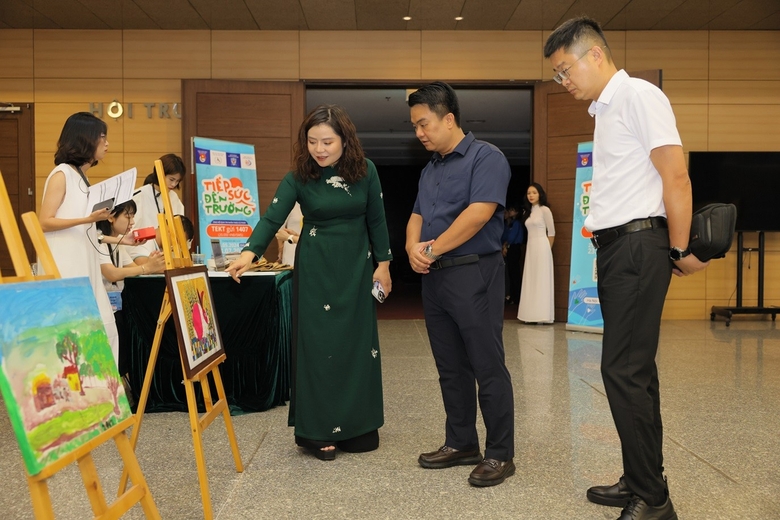
Ms. Duong Thi Bich Diep (in blue ao dai) introduces paintings by disabled children to delegates attending the program.
Support by texting via the number 1407 of the National Humanitarian Portal 1400; Each TEKT text message sent to 1407 contributes 20,000 VND to help disabled children have the opportunity to go to school. The texting program is implemented from 00:00 on May 25 to 24:00 on July 23.
President of the Fund for Vietnamese Children with Disabilities Duong Thi Bich Diep said that this is an annual program and provides long-term, continuous support for children with disabilities - the beneficiaries of the program from the time they go to school until they prepare to learn a trade and become self-sufficient in the future...
Source


![[Photo] Prime Minister Pham Minh Chinh starts construction of vital highway through Thai Binh and Nam Dinh](https://vphoto.vietnam.vn/thumb/1200x675/vietnam/resource/IMAGE/2025/5/12/52d98584ccea4c8dbf7c7f7484433af5)


![[Photo] Buddha's Birthday 2025: Honoring the message of love, wisdom, and tolerance](https://vphoto.vietnam.vn/thumb/1200x675/vietnam/resource/IMAGE/2025/5/12/8cd2a70beb264374b41fc5d36add6c3d)










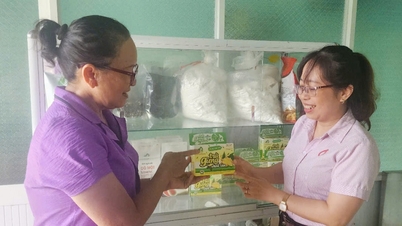

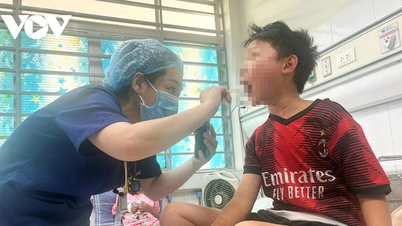

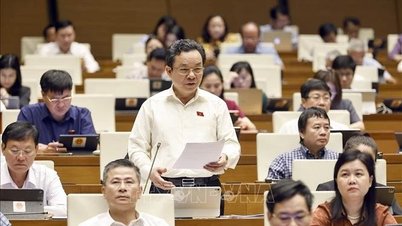
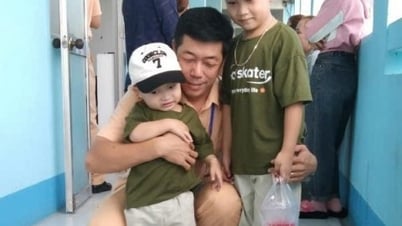
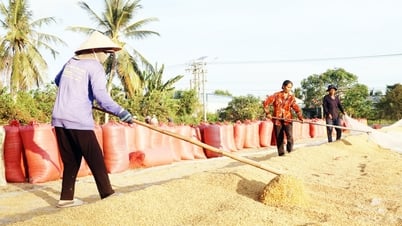
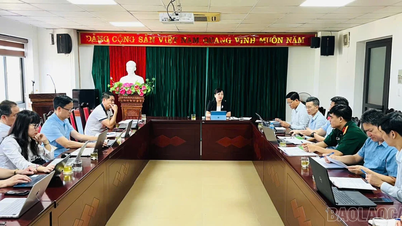










![[Photo] General Secretary To Lam meets and expresses gratitude to Vietnam's Belarusian friends](https://vphoto.vietnam.vn/thumb/1200x675/vietnam/resource/IMAGE/2025/5/11/c515ee2054c54a87aa8a7cb520f2fa6e)











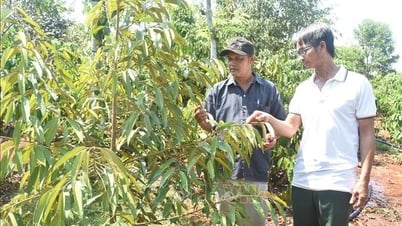

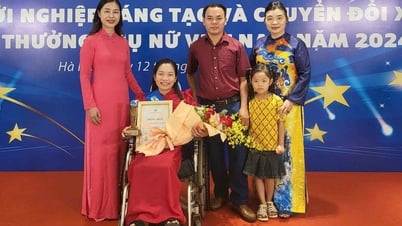

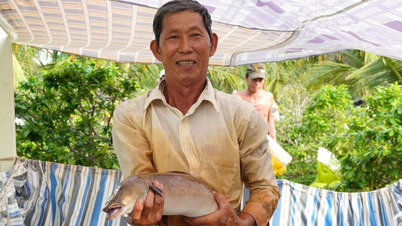

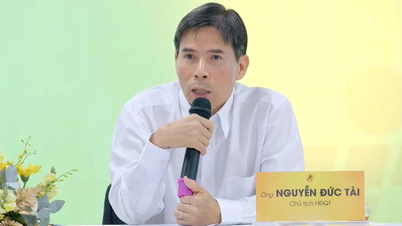









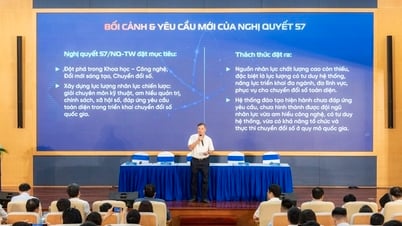




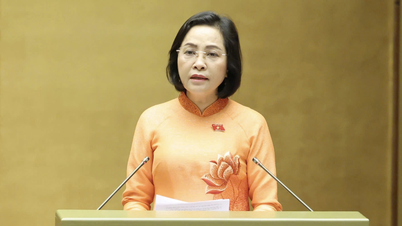

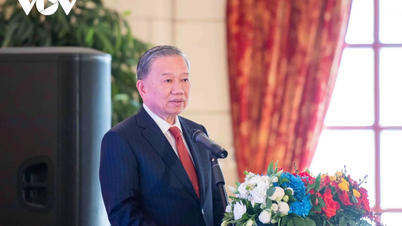



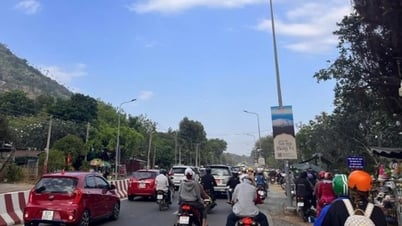
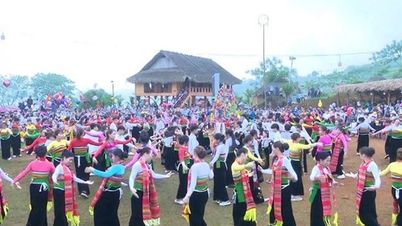











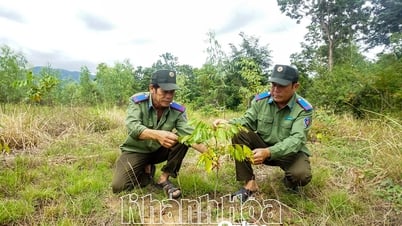

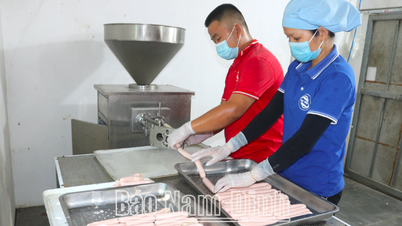

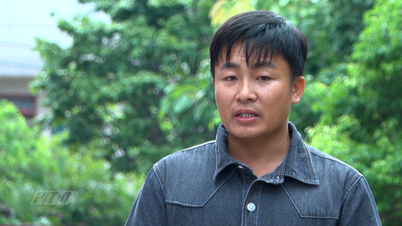
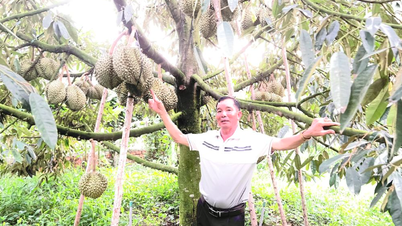





Comment (0)